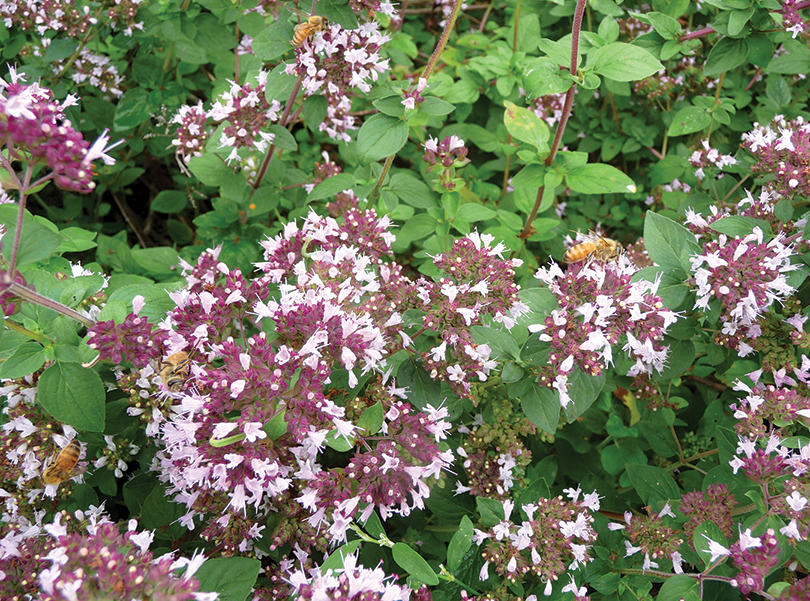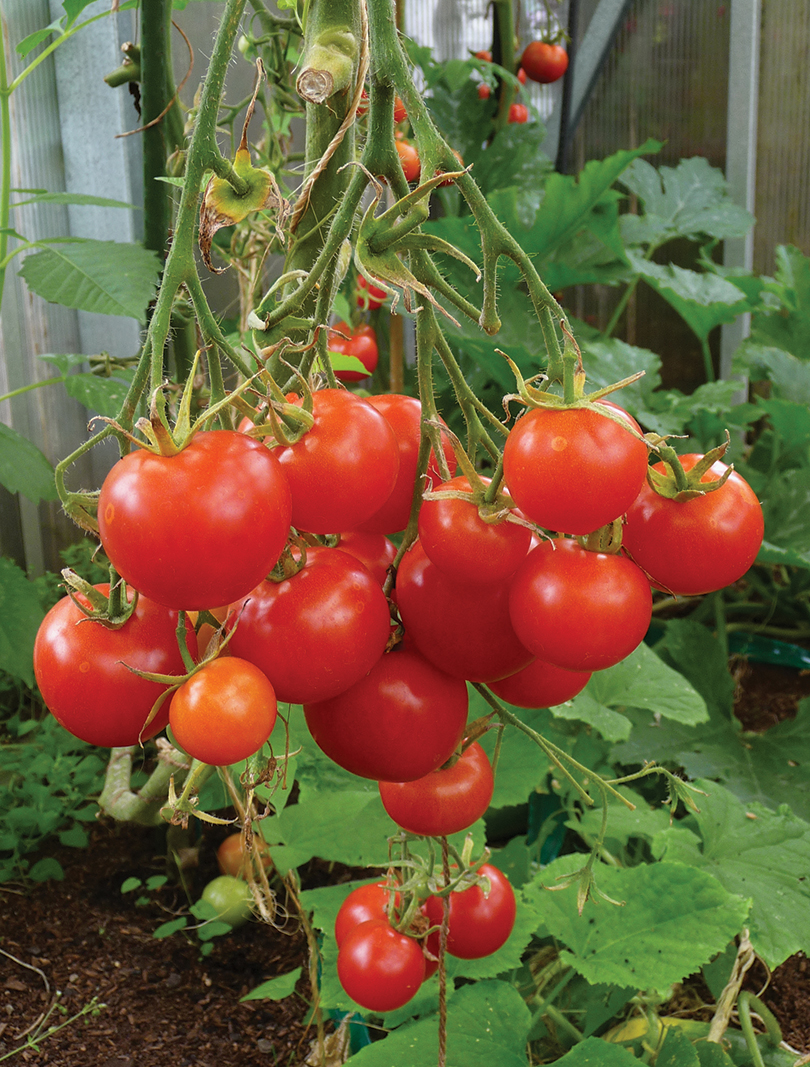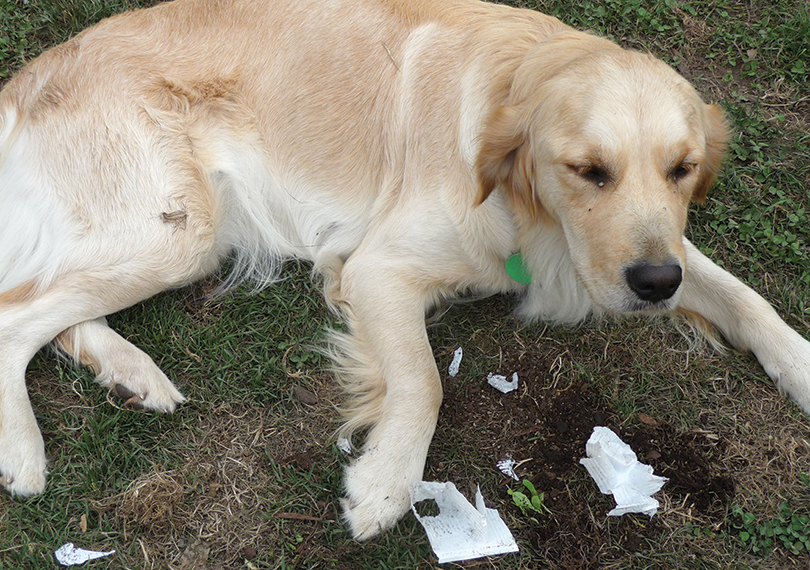Hei Mahi Māra Ecopsychology and the Māra
Mar 27, 2020

A beginner’s guide to growing organic vegetables
Nā Tremane Barr
 Autumn is a time to optimistically look forward to a bountiful harvest from the hard work put in through spring and summer. As I have said in recent articles, the benefits of having a māra are multi-faceted; not least of all getting the nutrition we need to feed all the bugs and bacteria that make up our internal microbiome and help keep us physically healthy. Research is also increasingly showing that the psychological benefit of just being in nature is also very important for our sense of wellbeing. Indeed, it can be said that living in a modern urban society potentially leads to Nature-Deficit Disorder (NDD). There are now more than 1000 studies showing that contact with nature is not only nice to have, it is necessary for optimum physical, cognitive, and emotional health. A study of 20,000 people by the European Centre for Environment & Human Health at the University of Exeter found that those who spent a minimum of two hours per week in green spaces – gardens, local parks, or other natural environments – were substantially more likely to report good health and psychological wellbeing than those who don’t.
Autumn is a time to optimistically look forward to a bountiful harvest from the hard work put in through spring and summer. As I have said in recent articles, the benefits of having a māra are multi-faceted; not least of all getting the nutrition we need to feed all the bugs and bacteria that make up our internal microbiome and help keep us physically healthy. Research is also increasingly showing that the psychological benefit of just being in nature is also very important for our sense of wellbeing. Indeed, it can be said that living in a modern urban society potentially leads to Nature-Deficit Disorder (NDD). There are now more than 1000 studies showing that contact with nature is not only nice to have, it is necessary for optimum physical, cognitive, and emotional health. A study of 20,000 people by the European Centre for Environment & Human Health at the University of Exeter found that those who spent a minimum of two hours per week in green spaces – gardens, local parks, or other natural environments – were substantially more likely to report good health and psychological wellbeing than those who don’t.
People sometimes complain that planting and looking after a garden is too time-consuming, but having one’s own māra is an immensely rewarding way to get the 120 minutes a week required for psychological benefits.
The findings showed that two hours was a hard boundary, with no benefits for people who didn’t meet that minimum threshold. I am always surprised when people visit our property and are amazed by our gardens, both ornamental (trees and flowers) and productive (vegetables), and how relaxed they feel in this environment.

Above: Marjoram flowering with honey bees.
As people spend more and more time on digital devices it is no wonder reports of anxiety, stress, and depression are increasing; particularly for the younger generation. We all need to drastically reduce the time we spend on wireless digital devices that are poisoning us with radio frequency radiation and toxic images from social media, and get physically and emotionally present in the real world of nature. People sometimes complain that planting and looking after a garden is too time-consuming, but having one’s own māra is an immensely rewarding way to get the 120 minutes a week required for psychological benefits.

Above: Tomatoes in tunnel house.
One way to brighten up a garden is to plant flowering bulbs like daffodils, tulips, hyacinths, and Christmas lilies. Autumn is a great time to plant these types of flowering bulbs so that they can provide much-needed colours and aromas in spring. My favourite is hyacinths as I find their scent intoxicating; although some types of daffodils smell good as well. Typically, these types of bulbs thrive best when they are planted with fertiliser like compost, particularly with some wood ash from a fire blended in. The soil needs to be loosened up down to fork depth before planting, and the bulbs planted at least twice the depth of the length of the bulb. They also need to be given enough space for the bulbs to grow in size over the years, and occasionally need to be dug up, separated, and replanted. Daffodils need to be dug up every four years or so.

Above: Who me? It was the cat that destroyed the seedling – not me!
Broccoli is one of my favourite vegetables to plant in autumn. Not only is it a super food, but it is relatively easy to grow – and its side shoots can keep producing for many months if you have the right variety and growing conditions. Cruciferous vegetables like broccoli are great for cleansing and healing the body, and are particularly good for helping with various cancers; such as breast, brain, intestinal, and lung. Broccoli is in effect an all-purpose multi-vitamin that contains bioavailable vitamins A, B, C, E, and K; along with other vital trace minerals and nutrients. It has beneficial properties for every organ, gland, bone, and nerve in the body, particularly the thyroid. It is also a gross feeder, and the more compost it is given, the longer and more prolific it will be in producing side shoots. Planted as a seedling in early autumn, it should begin producing mid-to-late winter right into early summer. Planted as a seed at this time, it will start producing mid-to-late spring and into mid-summer. The trick is to plant them with enough space to grow into – they need 30cm x 30cm of space, and to be in a spot where they will still get the sun throughout winter.
Ecopsychology: How Immersion in Nature Benefits Your Health
https://www.nature.com/articles/s41598-019-44097-3
How gardening creates a time warp
https://www.rnz.co.nz/national/programmes/sunday/audio/2018733317/how-gardening-creates-a-time-warp
Planetary electromagnetic pollution: it is time to assess its impact
https://www.thelancet.com/journals/lanplh/article/PIIS2542-5196(18)30221-3/fulltext
Adverse Health Effects of 5G Mobile Networking Technology Under Real-Life Conditions
https://www.sciencedirect.com/science/article/abs/pii/S037842742030028X.
Tremane Barr is Ngāi Tahu/Kāti Māhaki ki Makaawhio. He has been gardening organically for more than 30 years. Tremane is currently a self-employed mauirpreneur whose whānau owned and run business sells essential oils and natural skin care products containing native plant extracts: https://zurma.co.nz/